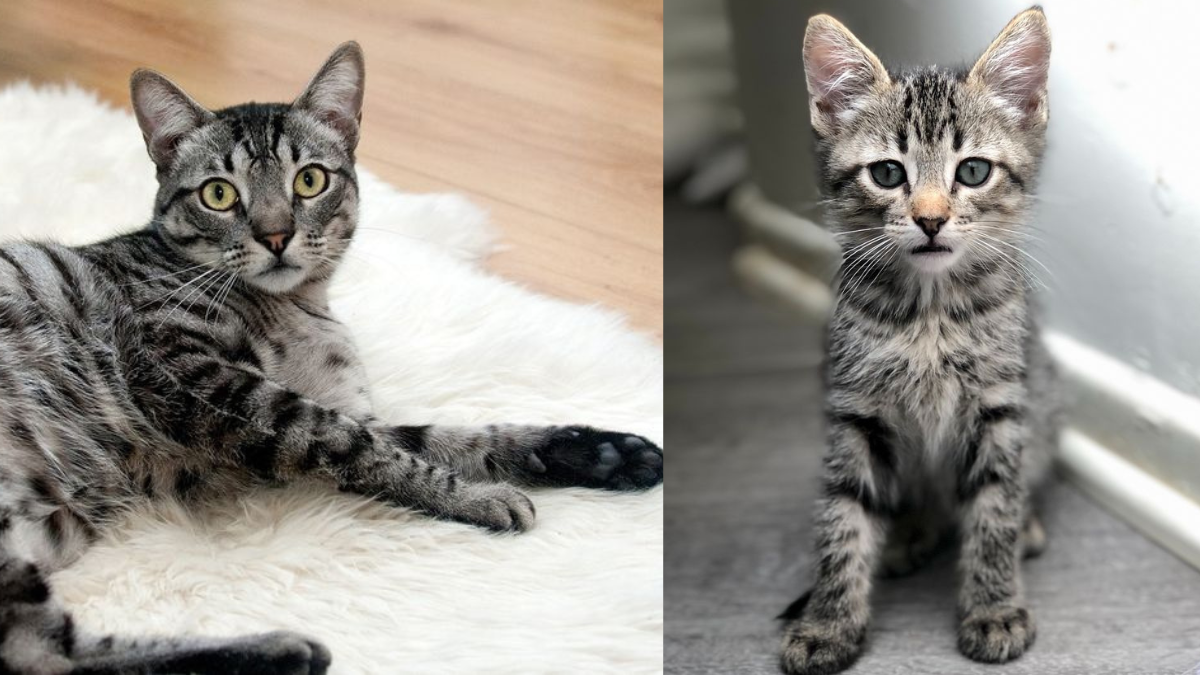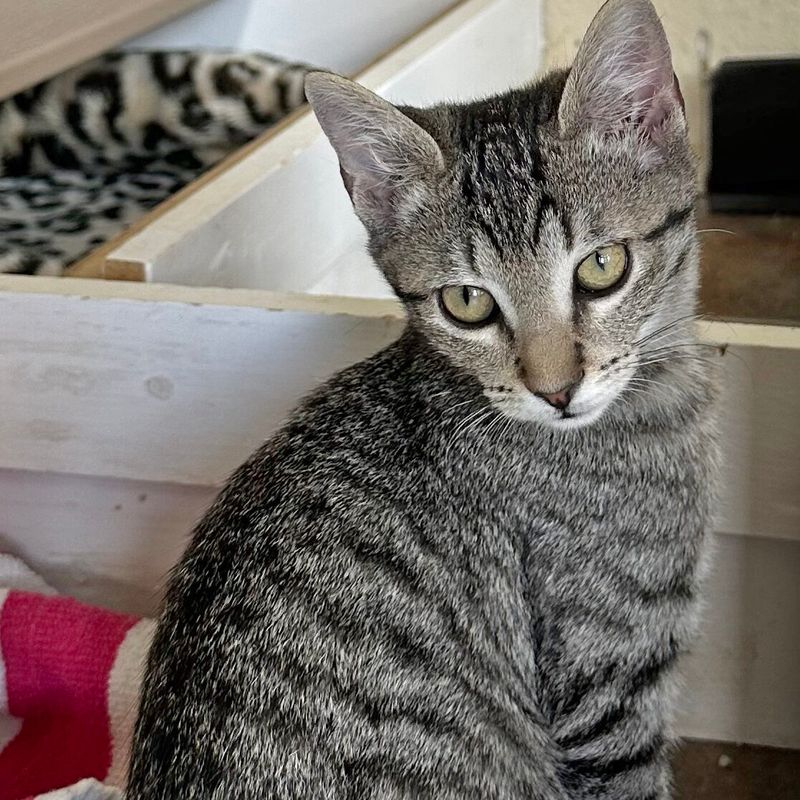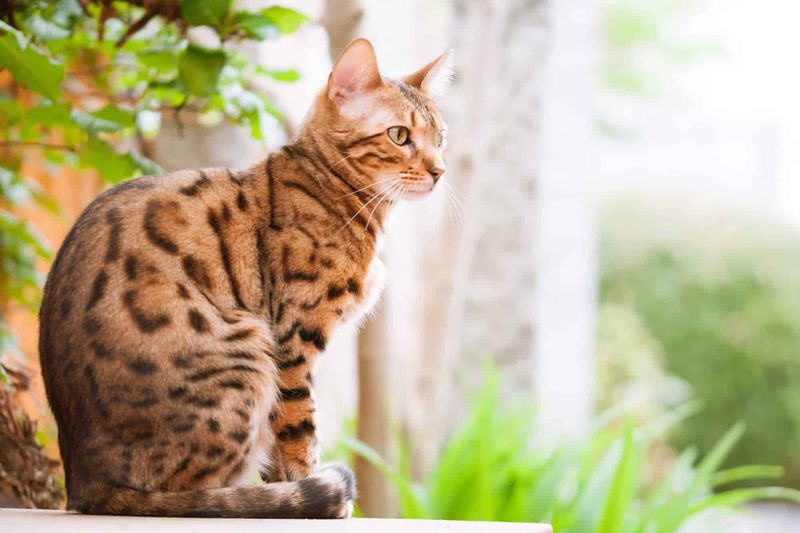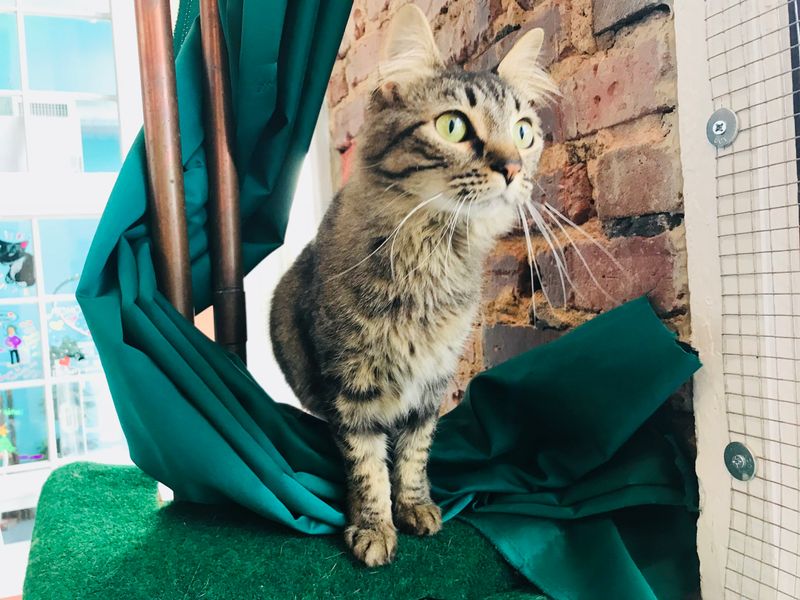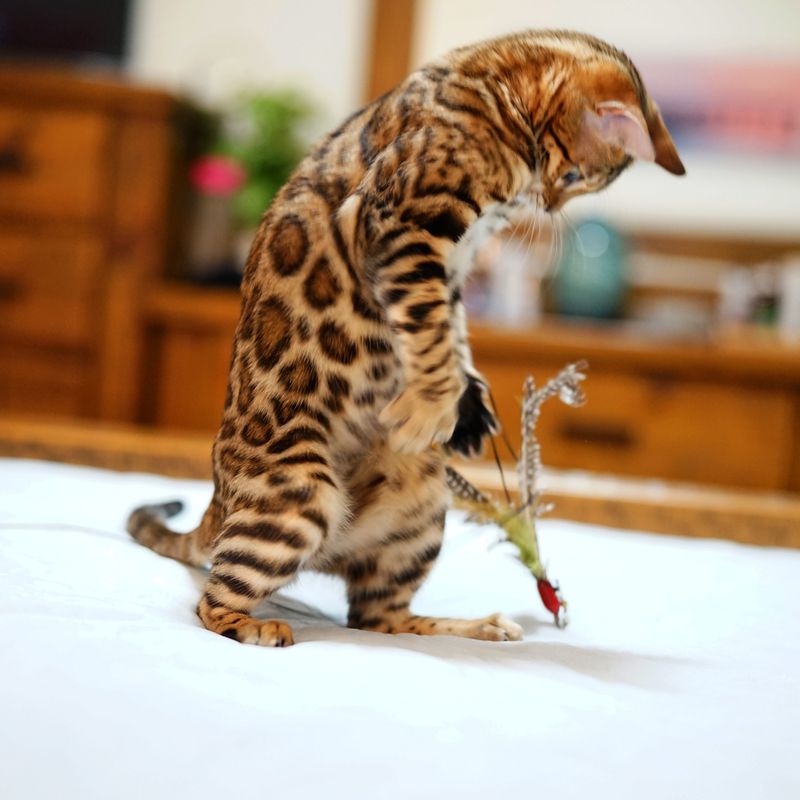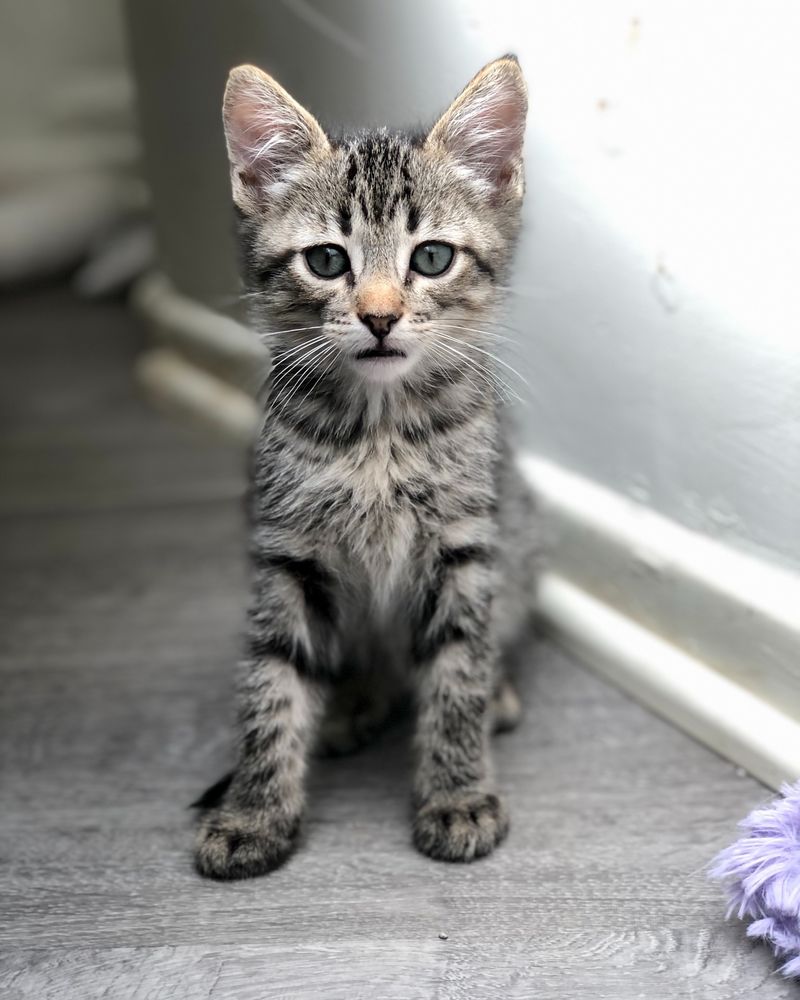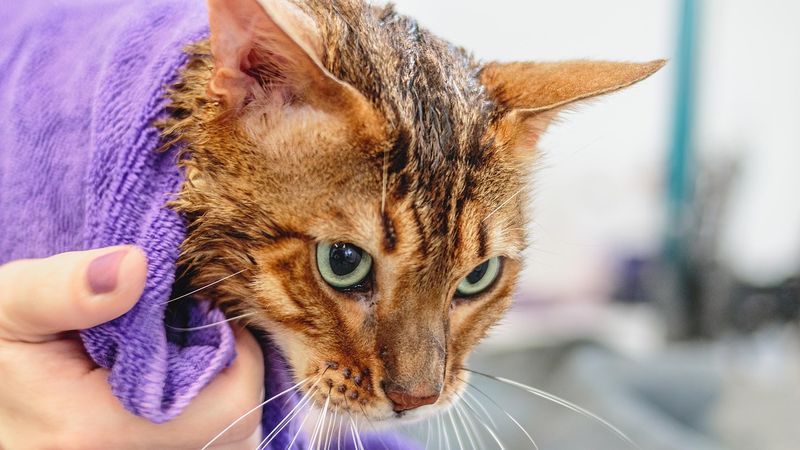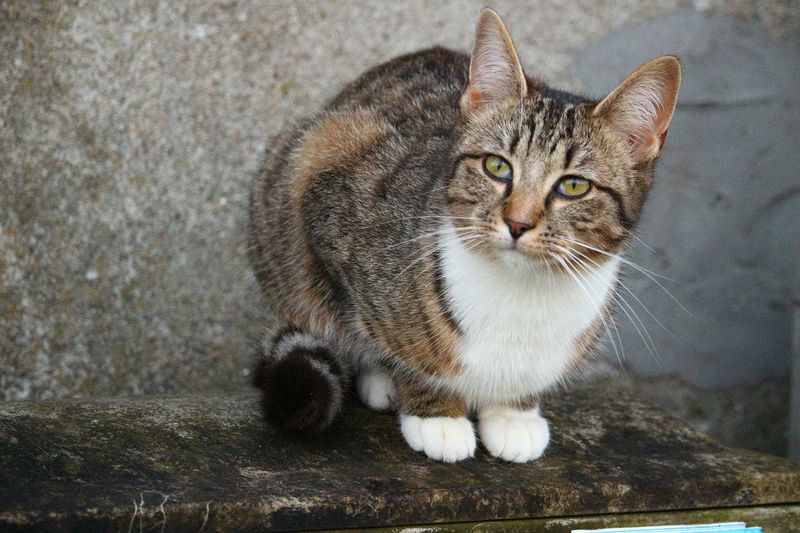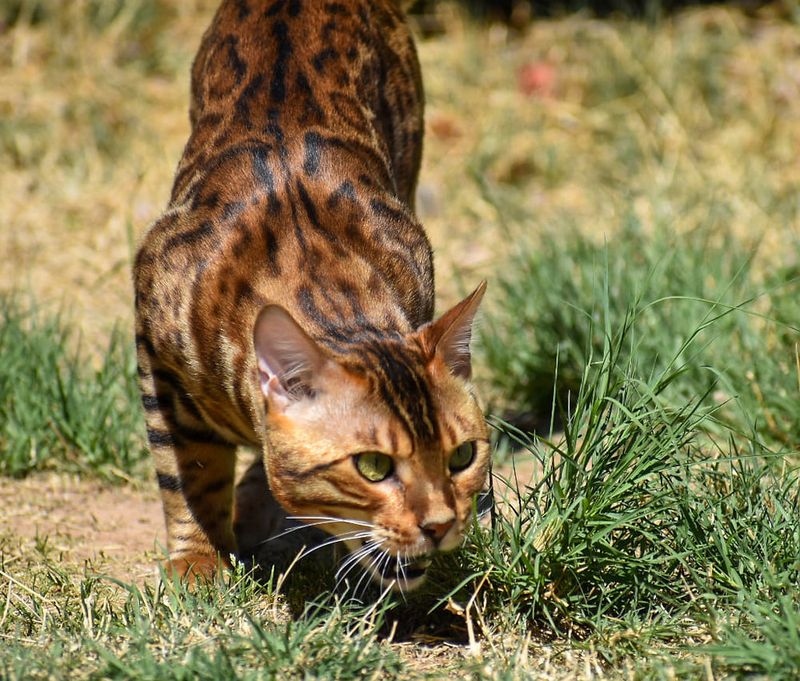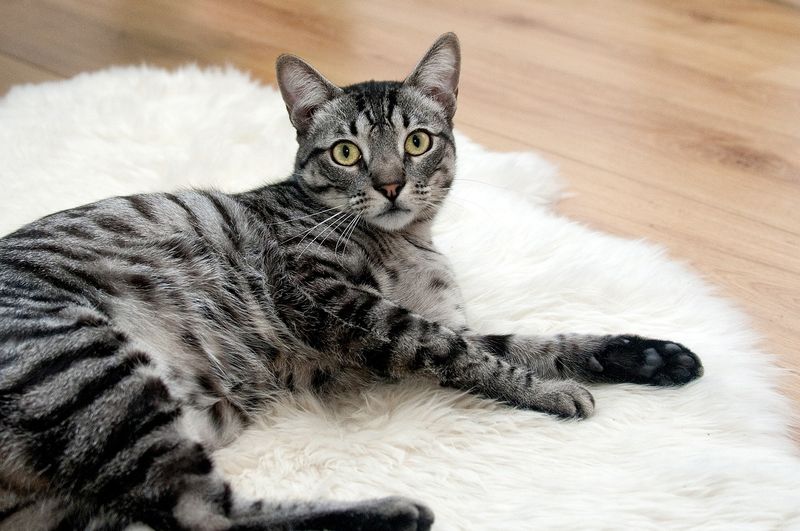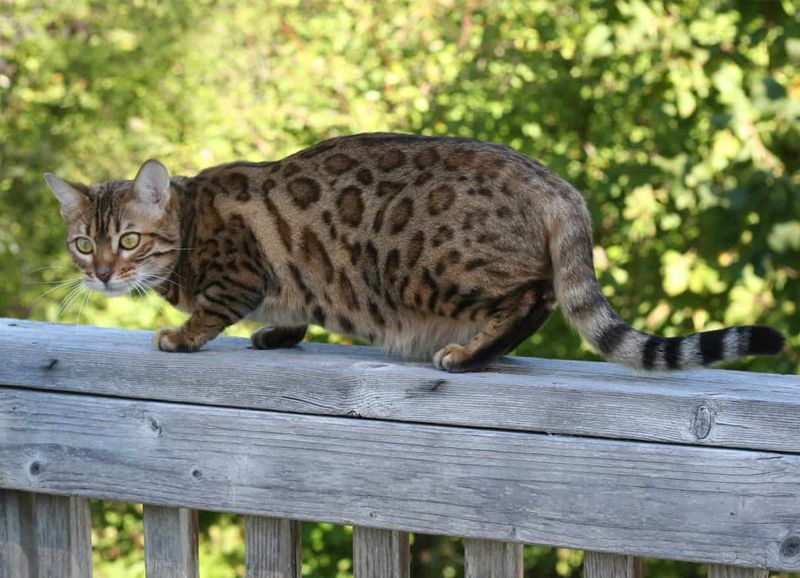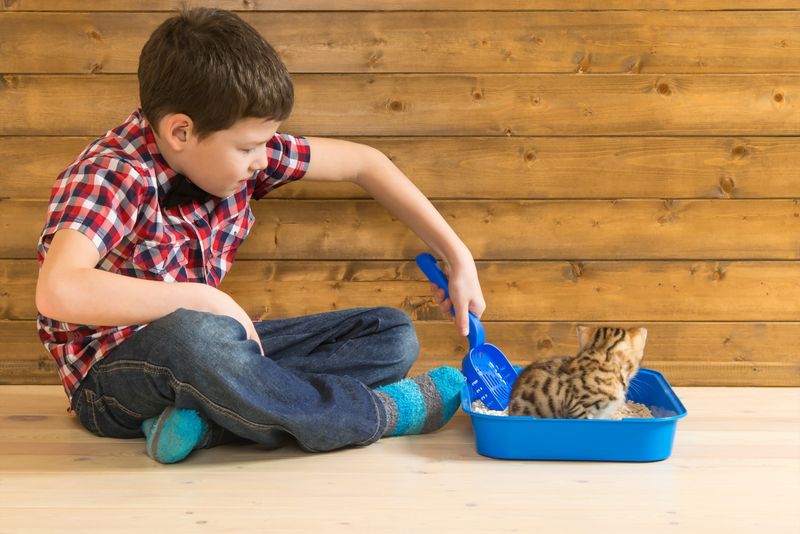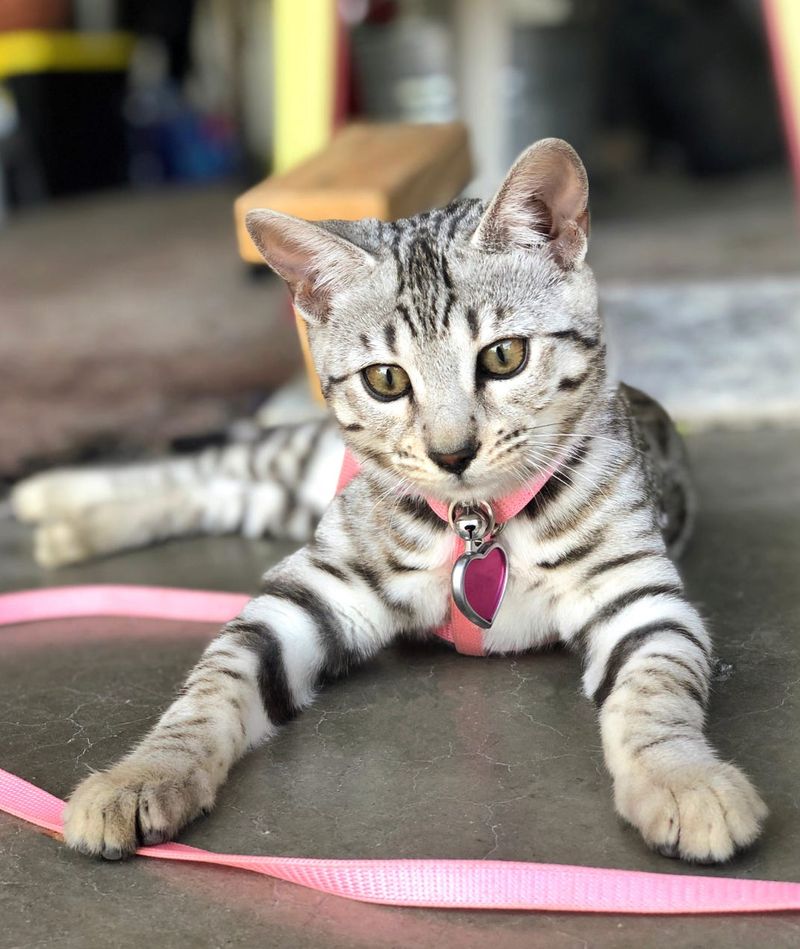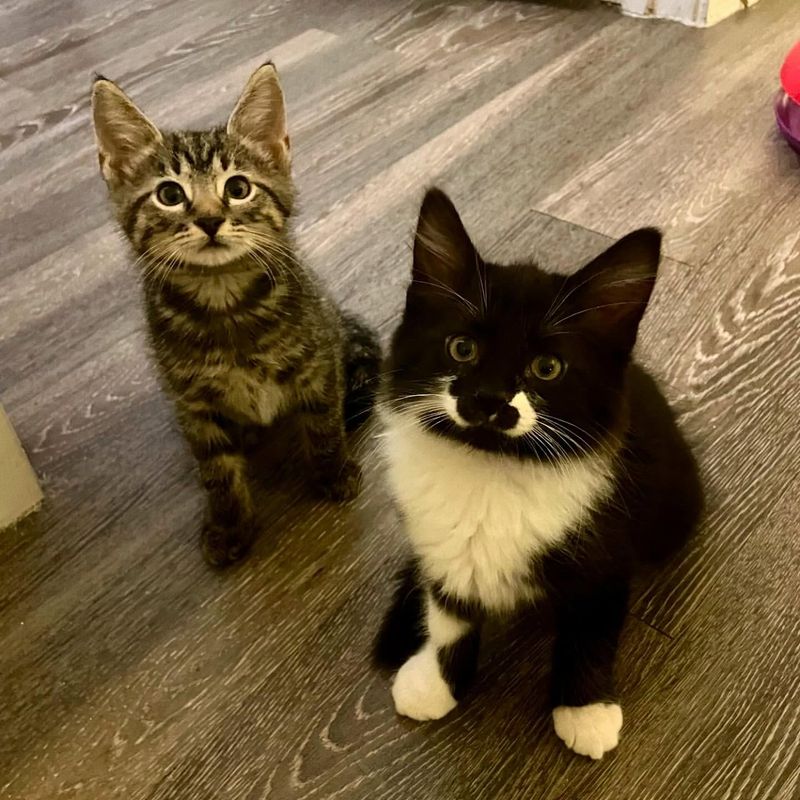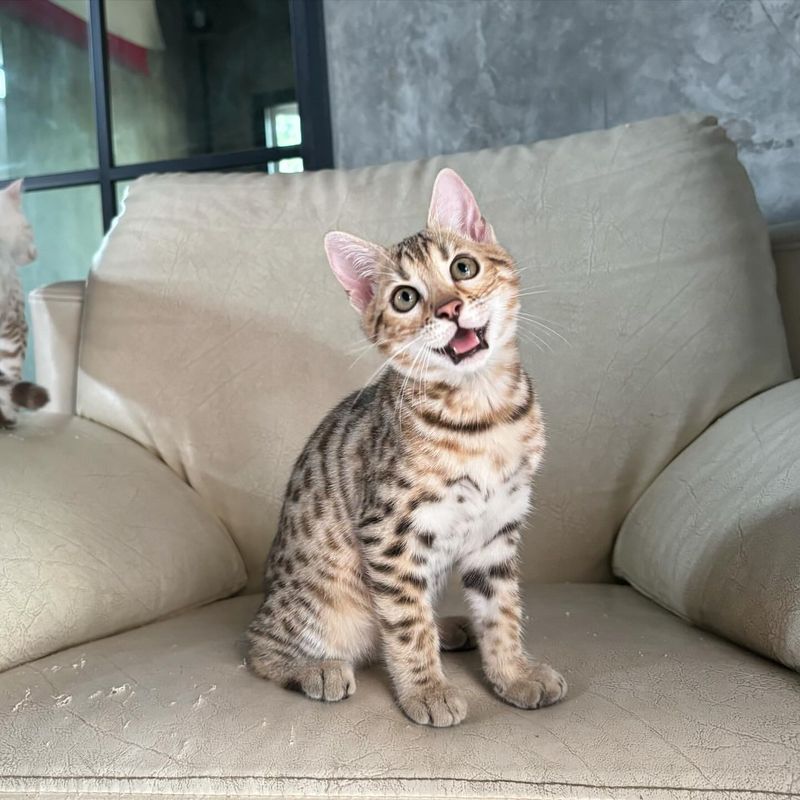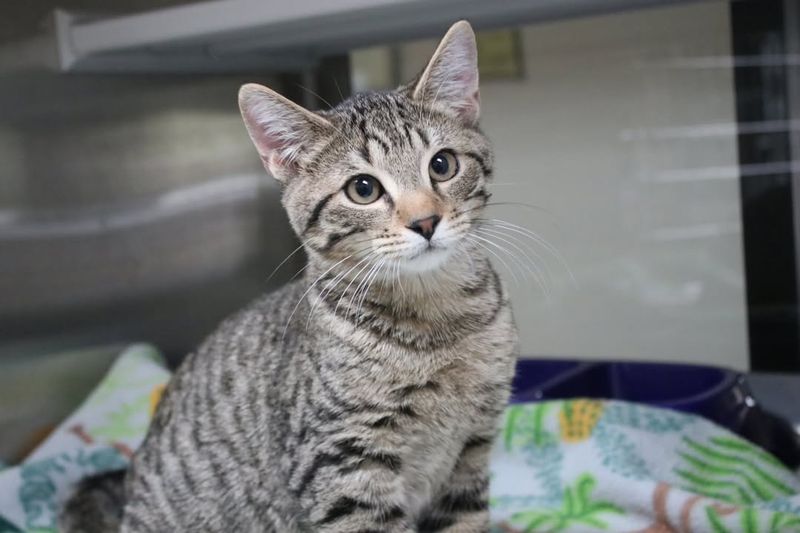📖 Table of Content:
- 1. Coat Patterns
- 2. Color Variations
- 3. Personality Traits
- 4. Activity Levels
- 5. Vocalizations
- 6. Grooming Needs
- 7. Size Differences
- 8. Background and History
- 9. Health Concerns
- 10. Lifespan Expectations
- 11. Interaction with Children
- 12. Training and Learning Abilities
- 13. Socialization with Other Pets
- 14. Adaptability to Environment
- 15. Cost of Ownership
Tabby and Bengal cats are two popular breeds that often capture the attention of cat lovers. Though they may seem similar at first glance, they possess distinct characteristics that set them apart. Understanding these differences is key to determining which breed is the right fit for an individual’s lifestyle and preferences.
Appearance, behavior, and care requirements are among the most important factors when comparing these two breeds. Tabbies are known for their classic coat patterns, while Bengals have a striking, wild appearance. Each breed also has its own personality traits and grooming needs that can impact a potential owner’s decision.
Exploring the key differences between Tabby and Bengal cats helps potential pet owners make an informed choice. From playful energy levels to specific healthcare needs, each breed offers something unique. Knowing what sets them apart ensures that the right match is made for a fulfilling and lasting companionship.
1. Coat Patterns
Tabby cats are recognized for their distinctive coat patterns, ranging from classic swirls to mackerel stripes. These patterns can vary widely and are often highlighted by their characteristic ‘M’ marking on the forehead. Bengal cats, on the other hand, are known for their exotic look, often resembling wild cats.
Their coats are typically adorned with rosettes or spots, giving them a striking appearance that sets them apart from the domestic Tabby. While both breeds boast beautiful coats, their patterns offer a clear visual distinction that is easy to observe.
2. Color Variations
With their vast color palette, Tabby cats can be found in brown, gray, orange, and even silver tones, offering a variety of looks. Bengal cats, however, tend to stick to a smaller range of colors, including golden, snow, and silver, all of which emphasize their wild aesthetic. Their sparkling fur gives them an additional, eye-catching quality.
The contrast in color diversity is a notable difference between these two types. Each breed’s color palette offers distinct aesthetic appeal to cat enthusiasts.
3. Personality Traits
Known for their laid-back and adaptable personalities, Tabby cats are often a favorite choice for families. Their friendly nature makes them great companions, especially in households with children. In contrast, Bengal cats are social but tend to be much more energetic and inquisitive, needing extra attention and mental stimulation.
Bengals are renowned for their intelligence and may get bored easily if not mentally challenged. Thus, understanding these personality nuances can help potential cat owners decide which breed aligns better with their lifestyle and home environment.
4. Activity Levels
Often content with a quiet, relaxed environment, Tabby cats are known for their peaceful demeanor and enjoyment of downtime. They adapt well to slower-paced, calm lifestyles. Conversely, Bengal cats are highly energetic and playful, needing more stimulating spaces where they can climb, explore, and stay active.
Providing Bengals with ample space and activities is crucial to keep them happy and prevent boredom. The difference in activity levels between these breeds is important to consider, as it can significantly impact the dynamic within a household.
5. Vocalizations
Known for their gentle purring and soft meowing, Tabby cats are perfect for those seeking a quieter and calmer companion. Bengals, on the other hand, are much more vocal, often combining meows with chirps and playful chatter.
These sounds often express their excitement or curiosity. Bengal cats are generally more talkative, using their voices to communicate with their owners actively. Understanding these vocal differences can help owners provide better interaction and meet the specific needs of each breed.
6. Grooming Needs
To keep Tabby cats’ coats healthy and free of shedding, regular grooming is necessary, usually requiring a few brushings each week. Bengal cats, with their sleek, short coats, are much easier to maintain in terms of grooming. A simple wipe with a damp cloth will help keep their fur sparkling.
Despite this, Bengals enjoy the grooming process as a form of interaction. The difference in grooming needs reflects the breeds’ distinct coat types and maintenance preferences. Owners should consider these aspects when planning their grooming routines.
7. Size Differences
Tabby cats typically vary in size, but many are medium-sized, fitting comfortably into most home environments. Bengal cats are generally larger and more muscular, showcasing their wild ancestry. This size difference is evident in their more pronounced musculature and robust build. Bengals can weigh between 8 to 15 pounds or more, while Tabbies usually range from 5 to 10 pounds.
The size disparity may influence a potential owner’s decision, especially when considering the space and resources needed for each breed. Understanding these physical traits can aid in making an informed choice.
8. Background and History
Originating in ancient times, Tabby cats are one of the most common domestic cats around, known for their iconic coat pattern. Rather than being a specific breed, they represent a type of coat found across various cat breeds. Bengal cats, however, are a unique breed, bred by crossing domestic cats with the Asian leopard cat.
This gives the Bengals their unique wild look. Understanding the background and history of these cats adds depth to their identity, highlighting how Bengals are a modern creation compared to the historically ubiquitous Tabby pattern.
9. Health Concerns
Thanks to their mixed-breed lineage, Tabby cats tend to enjoy strong health, experiencing fewer breed-specific health problems. However, they are still susceptible to common feline issues. Bengal cats, although generally healthy, may have a higher risk of certain genetic conditions like hypertrophic cardiomyopathy or progressive retinal atrophy.
Regular veterinary check-ups are essential for both breeds to detect and manage health issues early. Understanding potential health concerns can guide owners in providing the best care and addressing the specific needs of each breed. This knowledge is crucial for long-term well-being.
10. Lifespan Expectations
With proper care, Tabby cats usually live between 12 and 15 years, though some may reach even greater ages. Their lifespan can be influenced by factors like genetics and lifestyle. Bengal cats tend to have a similar lifespan, ranging from 12 to 16 years, but they require more active engagement to stay healthy and content as they age.
The lifespan of these breeds reflects the importance of diet, exercise, and regular veterinary care. Knowing these expectations can help potential cat owners plan for a long-term commitment and companionship.
11. Interaction with Children
Due to their gentle and affectionate nature, Tabby cats are often great companions for children, thriving in a family setting. They generally enjoy soft play and easily adjust to family life. Bengal cats, while good with children, tend to be more energetic and need interactive play to help expend their energy.
Their active nature can make them great playmates for older children. Understanding how each breed interacts with children can help families choose the right cat that fits their lifestyle and activity level. Proper socialization ensures harmonious interactions with kids.
12. Training and Learning Abilities
With their adaptable nature, Tabby cats can be trained for basic tasks like using a litter box efficiently. While they may not excel in complex tricks, they do respond well to positive reinforcement. Bengal cats, known for their intelligence, can learn a variety of tricks and enjoy interactive training sessions.
They thrive on mental challenges and can be taught to perform complex tasks with consistency. These learning abilities highlight the potential for engaging with each breed through training. Owners can use these traits to enhance their cats’ environments.
13. Socialization with Other Pets
In multi-pet environments, Tabby cats usually adapt well, forming bonds with both other cats and dogs when introduced gradually. Their friendly disposition helps them get along with various pets. Bengal cats, while social, may show territorial behaviors, especially with other cats. Careful introductions and ongoing monitoring are essential for harmony in homes with existing pets.
Understanding these social dynamics is important for pet owners looking to expand their furry family. Ensuring that introductions are gradual can lead to peaceful coexistence and prevent potential conflicts between pets.
14. Adaptability to Environment
Tabby cats are highly adaptable and can thrive in various living environments, from city apartments to country homes. They typically adjust well to changes and can handle different situations with ease. Bengal cats, on the other hand, often require more stimulation.
They benefit from environments where they can explore, climb, and play actively. Owners may need to provide more enrichment for Bengals to keep them satisfied. Recognizing these differences in adaptability can help owners create the ideal living conditions for their feline friends.
15. Cost of Ownership
Owning a Tabby cat generally involves lower initial expenses, especially if adopting from a shelter. They are widely available and often less expensive than Bengals. Bengal cats, being a designer breed, typically come with higher costs, including purchase price and maintenance.
Their exotic appearance and lineage contribute to these expenses. Additionally, Bengals may require more resources for stimulation and care. Understanding the financial commitment of each breed is crucial for potential owners. It allows for informed budgeting and planning to ensure both the cat and owner enjoy a comfortable lifestyle.
